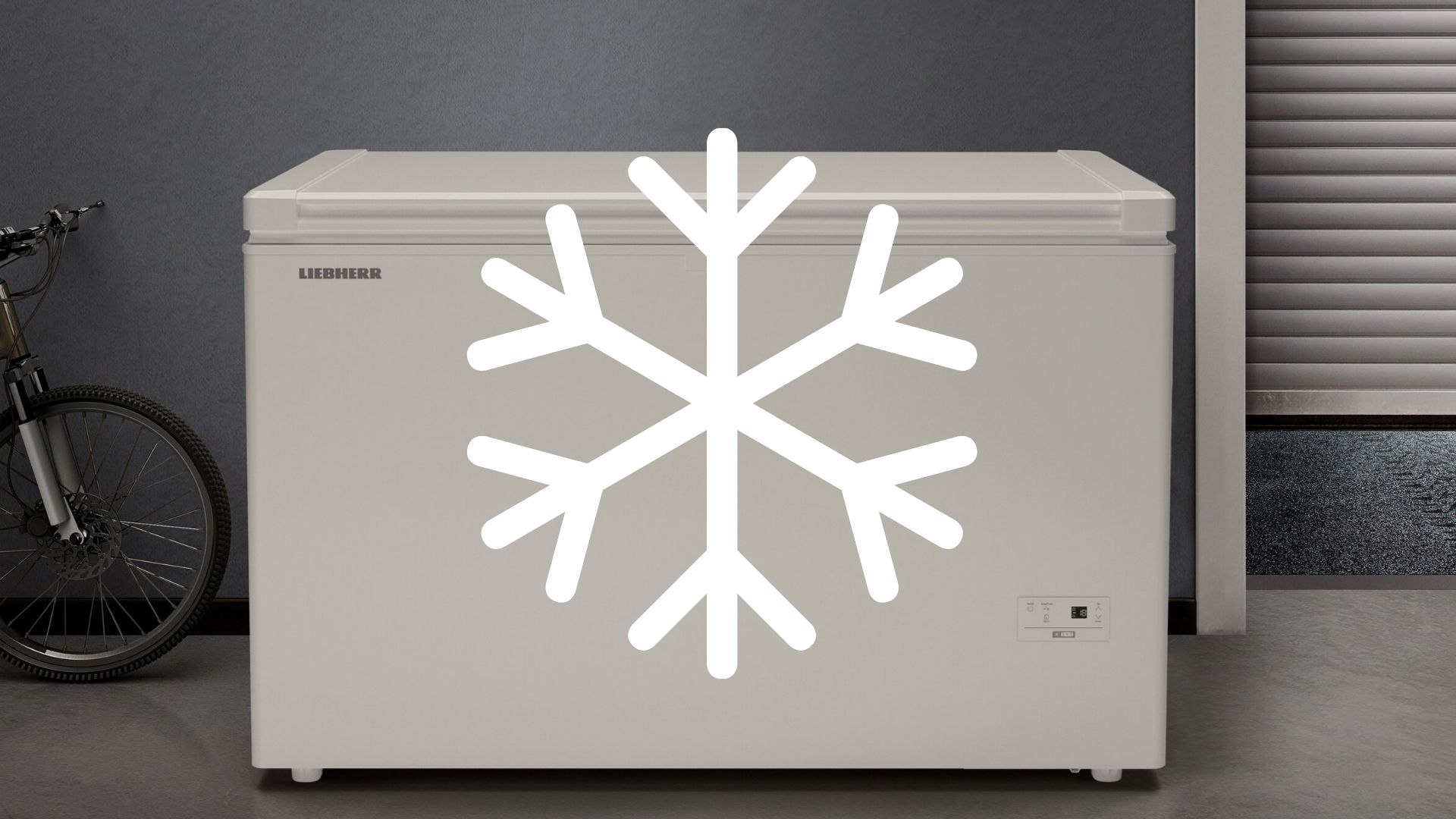Can fruit and vegetables really always go in the freezer?
Our beloved freezers make our everyday lives so much easier! Whether it’s leftovers, a bulk-buying spree at the market, or just some forward-thinking meal prep: We can entrust many foodstuffs into our freezers care and are rewarded at a later date with delicious, fresh dishes in no time at all. Compared to other preservation methods, freezing conserves the sensitive vitamins that are so important to us, making our freezer the number one ally when it comes to a healthy diet. But what about freezing certain fruits and vegetables. Is the freezer always a good choice?
Thanks to the refreshingly cold temperatures of -18 °C, foodstuffs that are susceptible to spoilage can be easily stored. Why? The water crystals contained in the food freeze, so that micro-organisms cannot multiply any further and cannot set food spoilage into motion. This preserves the taste, appearance, and nutritional value of the groceries over a long period of time. However, as the enzymatic degradation processes continue to take place, even frozen foods cannot be kept indefinitely.
Mushy or brown and bland: unsuitable foods for freezing
Of course, the chest freezer is a suitable place for the vast majority of fruit and vegetables. Nevertheless, there are exceptions. For example, lettuce: Whether lamb’s lettuce, iceberg lettuce, lollo rosso or endive, they unfortunately all get mushy after freezing. The same is true with spinach. That is why frozen spinach is only suitable for cooking, which results in a soft consistency anyway. But frozen spinach can’t be used in a raw vegetable salad.
The freezer is also unsuitable for other fruits and vegetables with a high water content if you wish to maintain their fresh characteristics. This includes cucumbers, tomatoes, radishes, turnips, radishes, olives, grapes, and watermelons. These also become mushy. The ice crystals that form crush the sensitive cell tissue. However, if the fruit or vegetables are to be processed into a smoothie or purée, for example, freezing is not a problem.
Other undesirable phenomena can be observed in apples, bananas, plums, and mirabelles if they are frozen for too long. These fruit turn brown after time and lose their flavour. This is also due to changes in texture and consistency caused by the frosty temperatures. Raw potatoes also do not belong in the freezer, where they develop a strange, sweet aftertaste. This is because the polysaccharide is converted into sweet-tasting monosaccharide. But don’t worry, this is not the case with processed products like chips or croquettes!

Tips and tricks for the best possible freezing
No matter which fruits or vegetables you decide to freeze, make sure they are washed and cleaned before they go in the chest freezer. Depending on what you are planning on doing with them, it makes sense to already peel and cut the food into small pieces. For delicate varieties such as berries, we recommend our Liebherr freezer tray. This allows you to pre-freeze the fruit first and prevents it from smashing together in freezer bags or storage boxes afterwards. Also, only freeze a maximum of one kilogram of fruit or vegetables per container. This guarantees uniform and rapid freezing of the food. You can also freeze liquid foods such as soups or smoothies wonderfully and in the correct portion in your Liebherr ice cube tray.
Compared to industrial flash-freezing, home freezing generally takes longer, making it easier for larger ice crystals to form. Since these ice crystals can in turn damage the cell structure of the foodstuff, industrially frozen goods sometimes appear fresher and are also a good choice. Otherwise, when freezing yourself, make sure to use airtight containers to best preserve the flavours of the food and protect it from drying. To do this, fit the freezer bags tightly against the food by squeezing out the air before sealing.
Vegetables will keep in the chest freezer for about six to twelve months, and fruit for eight to twelve months. Blackcurrants, red currants, blueberries, raspberries and strawberries are often still fresh and ready for use even after two years. It doesn’t matter if it’s store-bought or you freeze it yourself: Decisive for the quality and shelf life of the goods is also whether, how often, and for how long the cold chain was interrupted. Therefore, always use a cooler bag for the transport of frozen products after you buy them. For a better overview of home-frozen food, it is a good idea to label the freezer containers with the date, quantity, and type of food. This way you can use them up in time and avoid food waste.

#liebherr, #freezing, #myth, #fruit, #vegetables, #freezertray, #icecubetray, #frozenproducts, #berries, #icecrystals, #mushy, #spoiling, #shelf-life, #freshness
